Where The Peacocks Sing – Searching For a Home
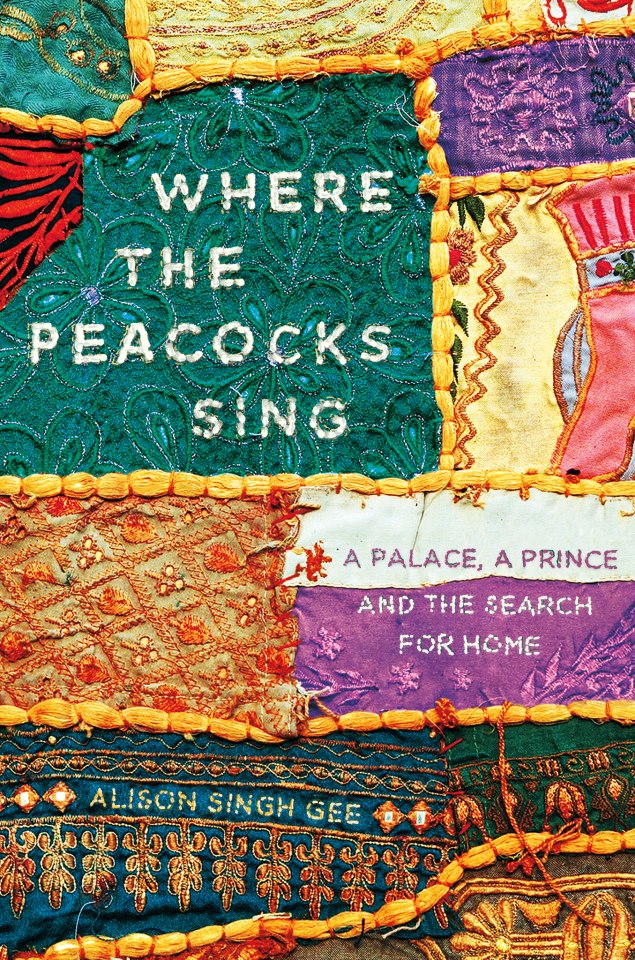
Alison Gee, a Chinese girl born in California, a popular columnist and features writer for the Sunday magazine of South China Morning Post (she had Jackie Chan on her speed dial!), was living high in Hong Kong with her eccentric, well heeled British fund manager boyfriend. Then, she met Ajay, a journalist from India, and falls in love. The girl that always dreamed of living in castles gave up her luxurious lifestyle for love. She broke up with her boyfriend Nigel, left her high society friends, and started living in an apartment in the lower middle class confines of Hong Kong. Gone were the Jimmy Choo clothes, vacations in Bali and parties with the idle rich. She was counting pennies and saving them (like, by walking instead of taking the bus). Then, she learned that Ajay is a prince, sort of. Her lover actually owns a palace, not quite a castle, but still a palace with a hundred rooms, spread over 26 acres. It has “mango groves, a family temple, fields where the villagers grow sugarcane, wheat and papaya. There are peacocks by the dozen and orchards full of birds too.” Alison couldn’t wait to see the palace.
The Haveli Mokimpur, built by Ajay’s grandfather Raibahadur Thakur Karan Singh, an IPS officer of the British zamana, is in a small village called Mokimpur (Uttar Pradesh), about 100 kilometers from Delhi. The haveli is not quite a castle, but a huge, impressive palace with four wings and indeed has more than a hundred rooms. What it didn’t have were the modern amenities – like electricity, or hot water. The family did not have quite the money to maintain the house and it was in a state of disrepair.
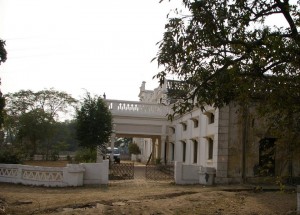 However, Alison was quite taken up by the charm of the old haveli and its surroundings. The haveli has a different rhythm of life, much slower than the pace she was used to. Life here is about hours of silence, sipping chai and contemplating the clouds. And the Haveli has its characters. There is the affectionate uncle Ram, who lives in the nostalgic glory of his late father. There is the wonderful cook Hoti Lal. There are all kinds of plants and trees in the compound and many animals. Alison was particularly fascinated by the peacocks. She always thought of them as ground dwelling birds. Not really. They fly. And they sing too (even if it sounded like crying at first).
However, Alison was quite taken up by the charm of the old haveli and its surroundings. The haveli has a different rhythm of life, much slower than the pace she was used to. Life here is about hours of silence, sipping chai and contemplating the clouds. And the Haveli has its characters. There is the affectionate uncle Ram, who lives in the nostalgic glory of his late father. There is the wonderful cook Hoti Lal. There are all kinds of plants and trees in the compound and many animals. Alison was particularly fascinated by the peacocks. She always thought of them as ground dwelling birds. Not really. They fly. And they sing too (even if it sounded like crying at first).
Alison may have been madly in love with Ajay, but her prospective in-laws still had to accept her. It wasn’t very smart of Alison to turn down the parathas offered by Ajay’s mother at their first meeting in Delhi. Then, there was the matter of the catty Kamala, Ajay’s sister-in-law. She had her claws sharpened and at the ready. And, there were issues of class, caste and custom, the nuances of which are lost on this bewildered American girl desperately trying to get into the good graces of her in-laws. “What? What?” became a familiar refrain as she was trying to make sense of the strange language and surroundings.
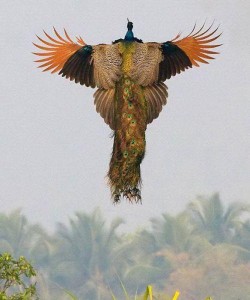 Alison has her own baggage too. Her grandfather belonged to the elite of Los Angeles’s Chinatown. Her father, however, suffered from bipolar disorder, and his mood swings, paranoia and perennial failed attempts at business left her with a difficult childhood. She did try to rise above that life and almost succeeded.
Alison has her own baggage too. Her grandfather belonged to the elite of Los Angeles’s Chinatown. Her father, however, suffered from bipolar disorder, and his mood swings, paranoia and perennial failed attempts at business left her with a difficult childhood. She did try to rise above that life and almost succeeded.
Then, she gave up all that for love. She struggled to win the respect and affection of Ajay’s family. Finally, she is accepted as part of the family. She found her home.
Alison wrote for Asiaweek, People and Vanity Fair (among many other magazines) and won the 1997 Amnesty International Media Award for Feature Writing for her Asiaweek cover story about child prostitution in Southeast Asia. She has a snappy conversational tone and is quite a storyteller. She tells her love story, the way she found her prince, in very amusing and sparkling detail. She is quite forthright in describing her emotions and the things she had to deal with (I would be surprised if Kamala is still talking with her). The absurdity of her western upbringing clashing jarringly with the Indian way of life makes for some hilarious as well as poignant moments. In the preface, she says that her friends called her story as a fairy tale. Indeed, it is a nice romantic story, but well grounded in the nitty-gritty of daily reality. I found the book to be an interesting, fun read.
 The book is well produced. I liked the cover. The book has some photographs of the family and the palace. Where The Peacocks Sing has been selected as a National Geographic Traveler’s Book of the Month.
The book is well produced. I liked the cover. The book has some photographs of the family and the palace. Where The Peacocks Sing has been selected as a National Geographic Traveler’s Book of the Month.
Alison and Ajay now live in Los Angeles and have a daughter, Aisha.
We can look up Haveli Mokimpur in Google Maps. It has some photographs and the history of the place. Alison Singh Gee has a facebook page too with a lot more photos and some passages from the book.
* * *
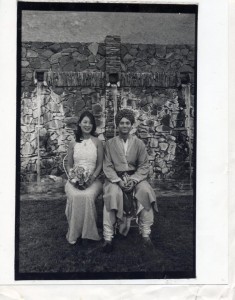
Where The Peacocks Sing – A Palace, A Prince And The Search For Home
Alison Singh Gee
February 2013
St. Martin’s Press, New York
279 pages

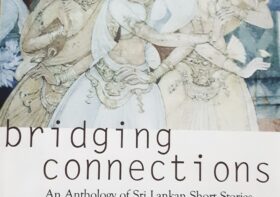


Wilson Sudhakar Thullimalli
The book review is very interesting
Dr.M.V.Ramanarao
r
Really a very interesting (real)story.And the review is good.I hope the haveli is repaired and electrified now.
SJ
Wow. Sounds very interesting. I can’t wait to read but unfortunately I couldn’t find it in my local library.
Jampala Chowdary
The library, in most cases, should be able to procure the book as an inter-library loan. I am assuming that you are in US.